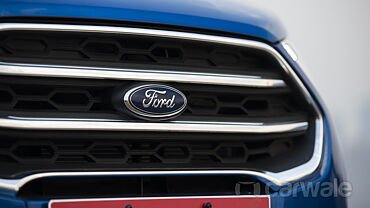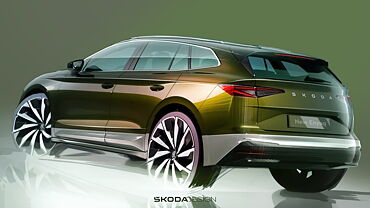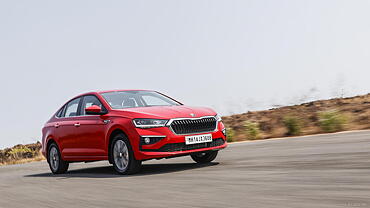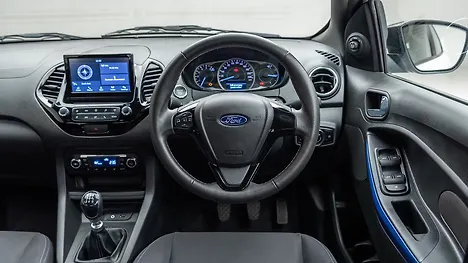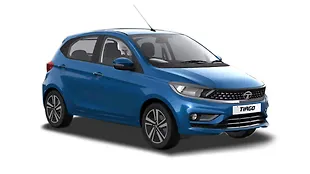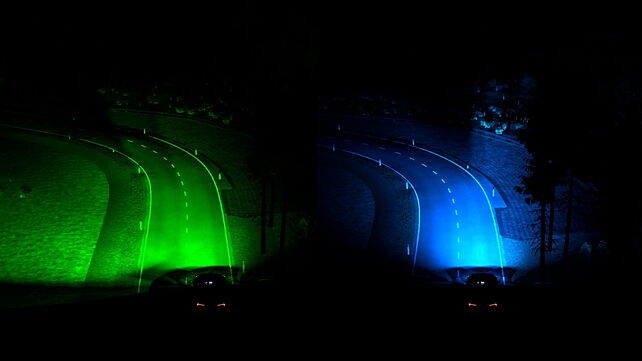
- Prototype headlight system not currently available for specification.
- The predictive system directs beams into upcoming corners even before drivers may have seen them.
Driving at night, especially on unfamiliar roads, can be stressful, with many people choosing to avoid the experience altogether. Manufacturers though are increasingly working on headlight technology to improve road illumination and make driving in the dark easier. Ford, for one, has earlier used road signs and lane markings as cues to adjust headlight beams to better illuminate the road ahead, especially around junctions.
Now, engineers from Ford’s research division are testing technology that uses real-time location data to effectively show the car the way to go. The predictive smart headlight system directs beams into upcoming corners even before drivers may have seen them, illuminating hazards and other road users more quickly and effectively. The prototype advanced lighting system uses GPS location data, advanced technologies and highly accurate street geometry information to accurately identify turns in the road ahead.
An algorithm calculates the trajectory and speed of the vehicle to proactively adjust the direction of its headlights, providing optimal light coverage of bends, junctions – and even hazards lurking around the corner. If the vehicle encounters a stretch of road where location data is not available, the system will work alongside camera and steering‑based dynamic headlight bending technologies to continue to light the road until the location data improves.



